Do you have a question about the Fujitsu AIRSTAGE ARTH24KHTA and is the answer not in the manual?
Covers warnings about potential risks like fire, explosion, electric shock, and property damage.
Explains symbols indicating death/serious injury, property damage, prohibitions, compulsions, and warnings.
Provides further safety advice on handling, installation, operation, and environmental considerations.
The air conditioner selects operation mode (Cooling/Heating) based on room temperature.
Allows setting both cooling and heating temperatures for automatic switching.
Used to cool the room by setting the temperature lower than the current room temperature.
Circulates air throughout the room without temperature control.
Warms the room by setting the temperature higher than the current room temperature.
Details the available fan speeds (Auto, Fan, Med, High, Low, Quiet) and their descriptions.
Allows setting a specific time to start or stop the operation.
Enables setting operation schedules for each day of the week.
Operates as a combination of On and Off timers within a 24-hour span.
Saves electricity by adjusting set temperature to moderate settings.
Indoor unit fan rotates intermittently in Cooling/Dry to save power.
Product compatible with Air Conditioning Demand Response programs via electricity supplier.
Provides instructions on cleaning the unit, emphasizing safety and proper methods.
Details on cleaning or replacing optional air filters for optimal performance.
Explains how the inverter adjusts capacity for efficient temperature control and energy usage.
Describes heat pump principle and factors affecting heating performance.
Details the automatic defrost function to prevent frost buildup on the outdoor unit.
Prevents cold drafts by operating the fan at low speed until heat exchanger warms up.
Automatically resumes previous operation after a power interruption.
Addresses potential malfunctions due to interference from other electrical appliances.
Specifies permissible operating ranges for temperature and humidity.
Notes on fan operation when both indoor and outdoor temperatures are high.
Describes fan speed adjustments during low outdoor temperatures in cooling mode.
Lists available types of remote controls (wireless, wired) and their compatibility.
Allows connecting two wired remote controllers to one air conditioner.
Enables one wired remote controller to manage up to 16 air conditioners simultaneously.
Instructs to stop operation and disconnect power for specific events like burning smells or water leaks.
Troubleshooting steps for when the unit fails to operate.
Diagnosing issues related to insufficient cooling or heating performance.
Troubleshooting weak or stopped airflow, including fan control and temperature settings.
Addresses issues with humidity not decreasing during Dry operation.
Explains various operational sounds and their possible causes.
Discusses potential causes for odors emanating from the air conditioner unit.
Explains when mist or steam may be emitted from the unit during operation.
Describes the emission of water from the outdoor unit during defrosting.
Investigates discrepancies between remote control settings and unit operation.
Explains delays in operation after power restart due to protection circuits.
| Energy Efficiency Ratio (EER) | 3.21 |
|---|---|
| Refrigerant | R32 |
| Indoor Unit Dimensions (W x H x D) | 998 x 320 x 238 mm |
| Outdoor Unit Dimensions (W x H x D) | 790 x 578 x 315 mm |
| Type | Split System |
| Cooling Capacity | 24000 BTU |
| Heating Capacity | 27000 BTU |
| Heating Capacity (kW) | 3.2 |
| Power Supply | 220-240V, 50Hz |
| Energy Efficiency Ratio (Cooling) | 3.21 |
| Energy Efficiency Ratio (Heating) | 3.61 |
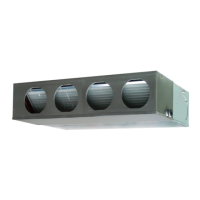
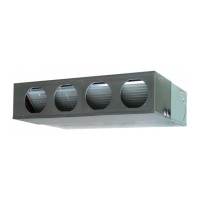

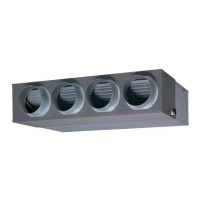
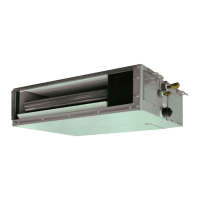
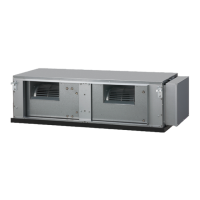






